Learning how to draw for beginners is easier than you think.
All you need are a few basic art supplies and a simple step-by-step guide to set you up for success with your drawings.
In my opinion, the best way to get started is by simplifying the learning process to make it easy and approachable.
For that reason, I’ve created this detailed beginner’s guide to drawing to help you start your drawing journey with confidence.
In this ultimate drawing guide for beginners, you learn about:
- Essential art supplies that you need to get started with drawing
- Simple shapes and how to use values in your drawings
- Basic drawing techniques you need to learn
- A list of drawing ideas to inspire you to take creative action
By the time you finish reading this ultimate guide, you’ll feel confident to take action and develop your drawing skills!
DISCLOSURE: This page contains affiliate links. If you make a qualified purchase using any of the links, I’ll earn a small commission at no extra cost to you. I appreciate every sale because it allows me to create free content to promote the growth of this website.
Table of Contents
Choose Your Drawing Supplies
To start off, I’m going to help you decide how to choose the best drawing supplies that fit your budget and suit your personal preferences.
The goal is to make informed purchasing decisions that’ll give you the best value for your investment.
To accomplish this goal, I’ve broken down the art supplies into distinct sections. As well, I’ve highlighted the most important information relevant to each art supply.
By the time you finish reading this section, you’ll have a good idea about which supplies to purchase and add to your collection.
Graphite Grade
| B GRADE | H GRADE |
| – This graphite is soft, black, & makes dark marks – It lays down smoothly and it’s easy to blend – Soft graphite becomes duller faster | – This graphite is grey, hard, & makes light marks – It’s perfect for sketching and planning a drawing – Has a sharp tip, but graphite is harder to erase |
Graphite Pencils
| TRADITIONAL PENCIL | MECHANICAL PENCIL |
| – Inexpensive and can be bought in versatile sets – Natural wood feels great and is easy to hold onto – Pencils wear down and need to be replaced | – Versatile: You can change the lead types – Doesn’t need to be sharpened and it’s refillable – Great for drawing but not very good for shading |
Staedtler Graphite Pencils
• Set of 12 pencils ranging from 4H to 6B
• Very smooth application and the graphite is very easy to blend
• Pencil’s hexagonal shape is designed to rest comfortably in your hand
BUY ON AMAZONPaper & Sketchbooks
| DRAWING PAPER | SKETCHBOOKS |
| – Smooth tooth/texture is ideal and easy to draw on – Bristol or velum paper is recommended – Acid free paper is ideal; less likely to deteriorate | – Come in a variety of sizes and paper types – Mixed media sketchbooks are very versatile – Hard covers provide structure; they’re durable |
Canson XL Sketchbook
• Suitable for mixed media including acylic, watercolour, gouache, ink & pen, and coloured pencils
• Paper is 98 lbs / 160 g and is good for wet and dry mediums
• 60 pgs of heavyweight, archival paper
BUY ON AMAZONErasers & Sharpeners
| ERASER TYPES | SHARPENERS |
| – Rubber erasers are standard but fall apart easily – Kneaded erasers are bendable & versatile – Stick erasers are great for precision & details | – Handheld sharpeners are cheap & easy to use – Metal sharpeners work better than plastic ones – Electric sharpeners are fast & efficient, but loud |
Faber-Castell Kneaded Eraser
• Soft, pliable, and molds to any shape
• Erases graphite very easily
• The eraser is made of soft material, so it doesn’t tear the paper you’re using
BUY ON AMAZONAFMAT Electric Pencil Sharpener
• Small, compact, and lightweight pencil sharpener
• Sharpens pencils to a fine point without breaking the lead
• Graphite pencils and coloured pencils work well with this product
BUY ON AMAZONBlending Tools
| BLENDING STUMPS | TORTILLONS |
| – Made of compressed paper to blend graphite – Has two pointed ends that are used for blending – Come in a wide variety of large & small sizes | – Thinner, shorter, and only has one pointed tip – Smaller tip is great for precision and details – Perfect for blending and smudging graphite |
Norocme Blending Set of 13
• Set comes with 6 stumps, 6 tortillons, and one sandpaper pencil pointer
• The stumps and tortillions are sturdy and they blend pigment smoothly
• The entire set is very affordable and great for beginners
BUY ON AMAZONPens & Coloured Pencils
| PENS & FINELINERS | COLOURED PENCILS |
| – Pen sets come in a variety of thicknesses – Great for creating texture & different line weights – Inks come in fineliners, nibs, dip and brush pens | – Wax-based pencils are better for beginners – Oil-based pencils are great but more expensive – They’re ideal for adding colour to your drawings |
Copic Multiliners
• 9 multiliners come in a wide range of nib sizes (thin and thick)
• Lovely, rich black pigment
• Waterproof and archival ink
BUY ON AMAZONFaber-Castell Polychromos
• Set of 36 polychromo pencils that are oil-based and resistant to breakage
• Colours appear vibrant and beautiful on paper
• Buttery smooth application and very easy to blend
BUY ON AMAZONUnderstand Basic Shapes
When you learn how to draw for beginners, you should spend time developing your observational skills because I believe it’s one of the most important skills all artists should develop.
Being able to accurately perceive the subject matter gives you tons of visual information to help you nail the composition and proportions.
Therefore, taking the time to create this foundation will set your drawings up for success.
Here’s a simple step-by-step process to help you get started with a drawing:
- First, break your reference down into large shapes. At this early stage, focus on capturing the overall picture rather than obsessing over the details
- After you’ve sketched the large shapes and mapped out the composition, break the large shapes down into smaller shapes
- Add only the most essential details to the drawing. Keep it simple and don’t overanalyze the reference image
Related: If you want to learn how to draw 3D shapes like the ones shown below, then check out these easy sketching tutorials for beginners.
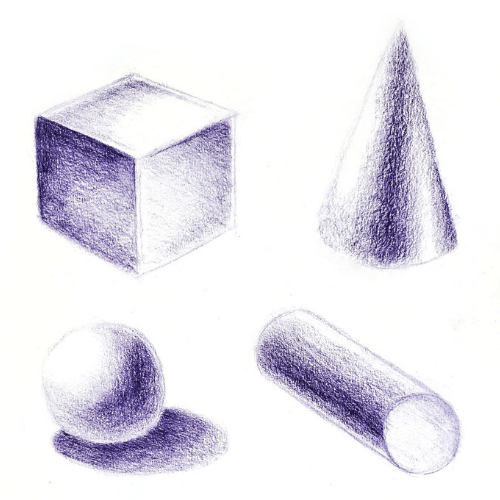
Get to Know Values
Besides observational skills, I believe that value is the other most important element for artists to understand.
Value simply refers to the lightness or darkness of a colour.
An easy way to visualize value is by creating a value scale or a gradient. As a beginner, you should create value scales to train your eye to distinguish between light, medium, and dark values.
Doing so helps you understand how to use a full range of values in your drawings. Using a wide variety of values helps you create realism, depth, and dimension in your artwork.
As well, becoming familiar with values and value scales helps you improve your shading skills because you’re able to create more contrast in your drawings, which is visually appealing to look at.

For example, the lightest values appear white. These values illustrate highlights or any area upon which the light source is shining.
Midtones are medium values that appear grey. These values illustrate areas that receive moderate light.
On the other hand, the darkest values appear black. These values illustrate shadows and any areas that receive little to no light.
Here is a guideline of how to apply pressure on your pencil to create different values:
- To create light values, apply light pressure on the pencil so that it barely touches the paper
- To create medium values, apply a bit of pressure while shading (as if you’re writing)
- To create dark values, apply a lot of pressure on the pencil and push down firmly on the pencil
Spend some time drawing value scales with graphite to get to know your pencils and how much pressure to put on the pencils. Doing so if one of the fastest ways to get better at drawing.
Basic Drawing Techniques
You can’t learn how to draw for beginners without understanding the most common drawing techniques.
Therefore, in this section, you’ll observe 6 drawing techniques that you can use to create your drawings.
Each technique requires a different application. Thus, practicing all of them is worth your time so that you can seamlessly switch between them as you draw.
In addition, you’ll be able to create some interesting textures in your drawings depending on which technique you use.
Hatching is created by laying down many parallel lines in the same direction. Layering these lines builds up the shading. Adjust thickness and spacing for different results.
Cross hatching is created by layering lines on top of one another, but these lines point in different directions. It creates an interesting texture.
Tonal shading is created by applying different kinds of pressure on your pencil, thus creating light and dark values. Creating tonal contrast adds form and dimension to the drawing.
Stippling is created by using many small dots to build up the shading. The more dots you layer in an area, the darker the shading becomes.
Scribbling is created by using many overlapping circles and squiggles to build up the shading. It often has a chaotic, textured appearance.
Scumbling is created by using many small over-lapping circles to build up the shading. It often has a fuzzy, textured appearance.
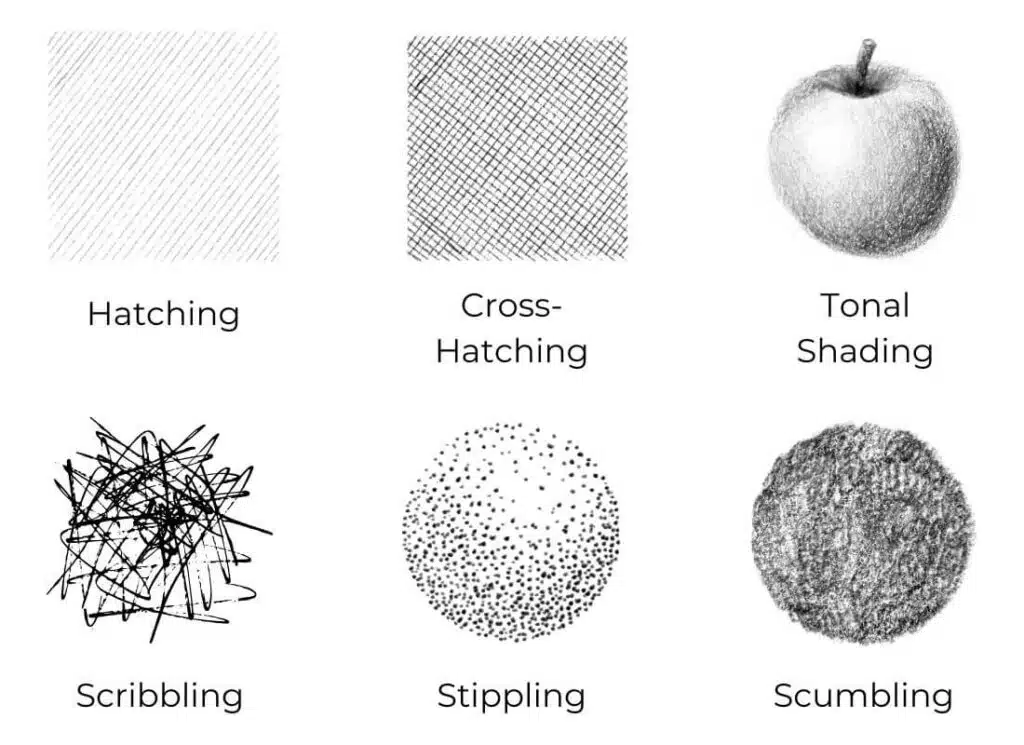
3 Additional Skills
By now you have probably realized that learning how to draw for beginners is rather straightforward. You can start drawing and sketching immediately after reading this guide!
However, you should be aware that there are many more elements of art that you’ll need to learn in order to develop a strong and well-rounded foundation in drawing.
To cover them all is beyond the scope of this humble beginner’s guide. But I’d like to draw your attention to 3 additional skills that I believe will help you excel as a beginner artist.
Note: At the beginner stage, it’s not necessary to develop a signature art style. But if you’d like to learn more about this topic, check out this intriguing blog post titled The Truth About Finding Your Art Style (Find Out How).
Light and Shadow
Now that you understand values, the next step is to use a wide range of values to illustrate light and shadow in your drawings.
Therefore, it’s crucial to spend some time learning about light sources and how light bounces off objects.
By studying how light and shadows manifest on 3D forms, you’re able to create drawings with realistic shading that appears 3-dimensional. It creates visually appealing contrast.
As well, illustrating light and shadows accurately in your drawings adds depth and dimension to your artwork.
Composition
Learning how to draw for beginners is fun and exciting, but don’t forget to develop your composition skills!
If you want to create drawings that are visually appealing and well-balanced, you need to learn how to create good composition.
As an artist, it’s wise to plan your composition before you begin drawing so that you have a blueprint upon which to build your drawing. You do this by creating thumbnails.
Composition is important because it determines how visual elements are organized. It highlights focal points and gives structure to your drawings by emphasizing visual elements.
Play around with flow, contrast, balance, and movement to figure out the best composition for your drawing.
Proportions
Lastly, I suggest that you take the time to learn about proportions.
Proportions refer to the size of elements in an artwork and how those elements relate or interact with one another.
For example, if the proportions of a portrait or figure drawing are off, the viewer will likely think that the subject matter looks strange or disproportionate.
Therefore, it’s a good idea to learn how to accurately measure the subject matter in order to ensure that the height, width, and length are proportionate to one another.
List of Drawing Ideas
Are you having trouble deciding what to draw? Luckily, I have 2 solutions for you!
The first solution is to check out this blog post titled 5 Remarkably Easy Ways to Find Inspiration to Draw.
In this blog post, you learn about 5 effective strategies that help you find inspiration when your creative batteries are running low.
The second solution is to have a look at this list of drawing ideas to get inspired. I’m sure at least one of these ideas will spark the flame of your creativity!
- 3D shapes: Sphere, cube, pyramid
- Cats, dogs, or your pet
- Birds or simple feathers
- A tropical island seascape
- A rocky mountain landscape
- An enchanted forest by a lake
- A red barn in a peaceful meadow
- A haunted house with pumpkins
- Glossy raindrops on a window
- A silhouette of a city skyline
You’re in luck because I have a lot more creative drawing prompts than the ones mentioned above.
To get your hands on 100 exciting and inspiring ideas, download a free list of 100 drawing ideas by filling out the information below!
Conclusion
In this ultimate drawing guide, you learned about foundational skills and practical strategies to help you learn how to draw for beginners.
In a nutshell, getting started with drawing is as simple as:
- Purchasing basic drawing art supplies including graphite pencils, paper, an eraser, and a sharpener
- Learning about basic shapes and values
- Developing different drawing techniques
- Having a list of drawing ideas to spark your imagination
Now that you’re prepared, it’s time for you to take action with your artwork!
I’d love to know what are you going to draw or what skill are you planning to focus on as you start your drawing journey? Share your thoughts in the comments below!
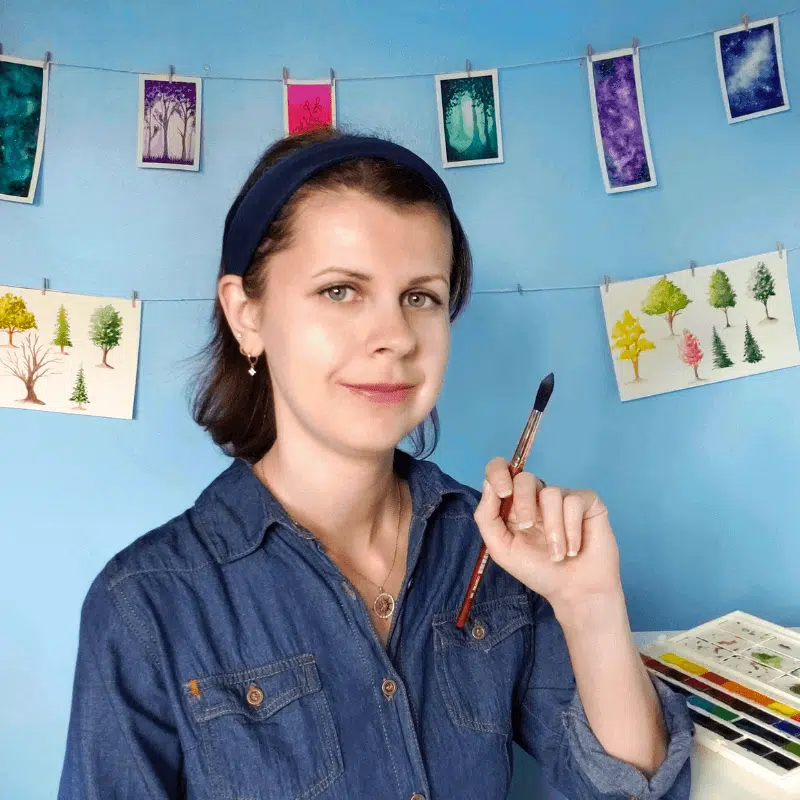
Miranda Balogh
Artist & Online Educator








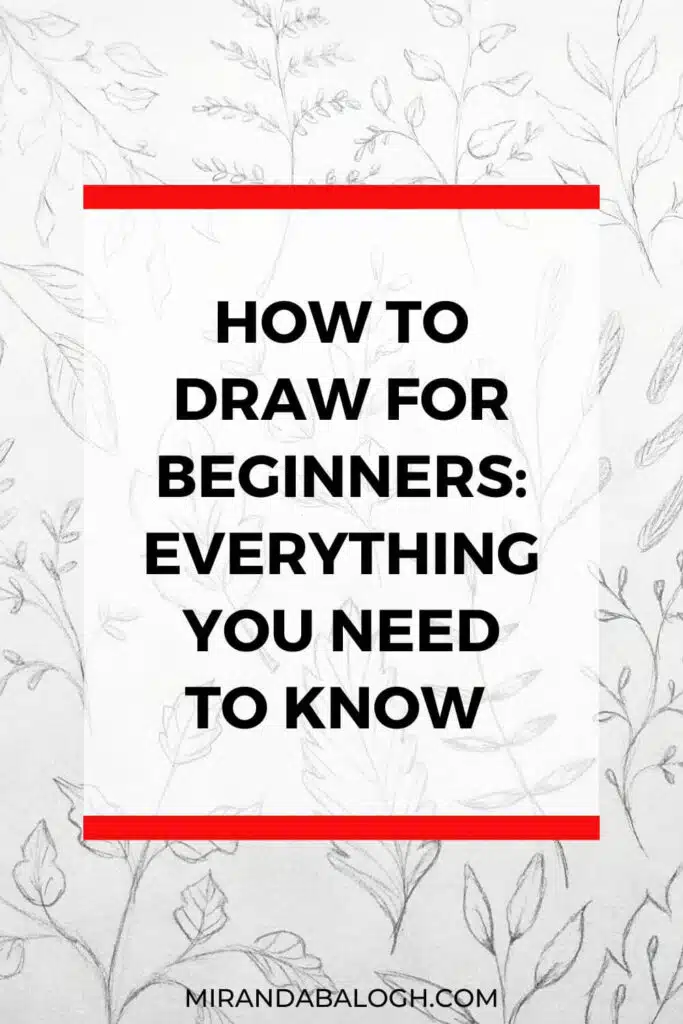
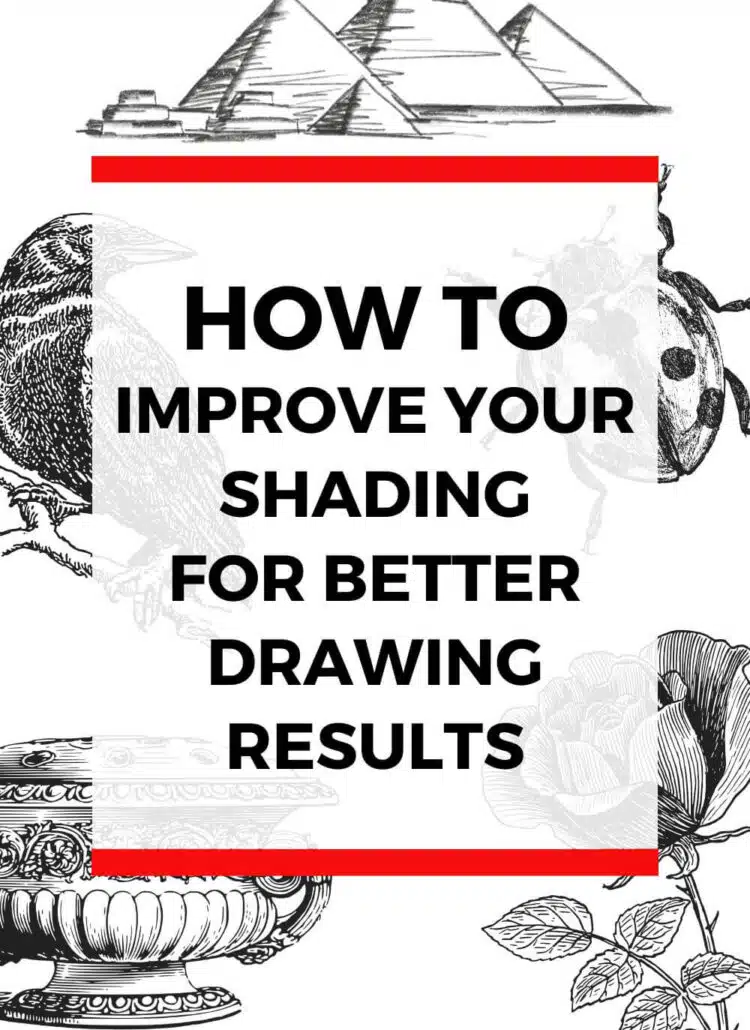
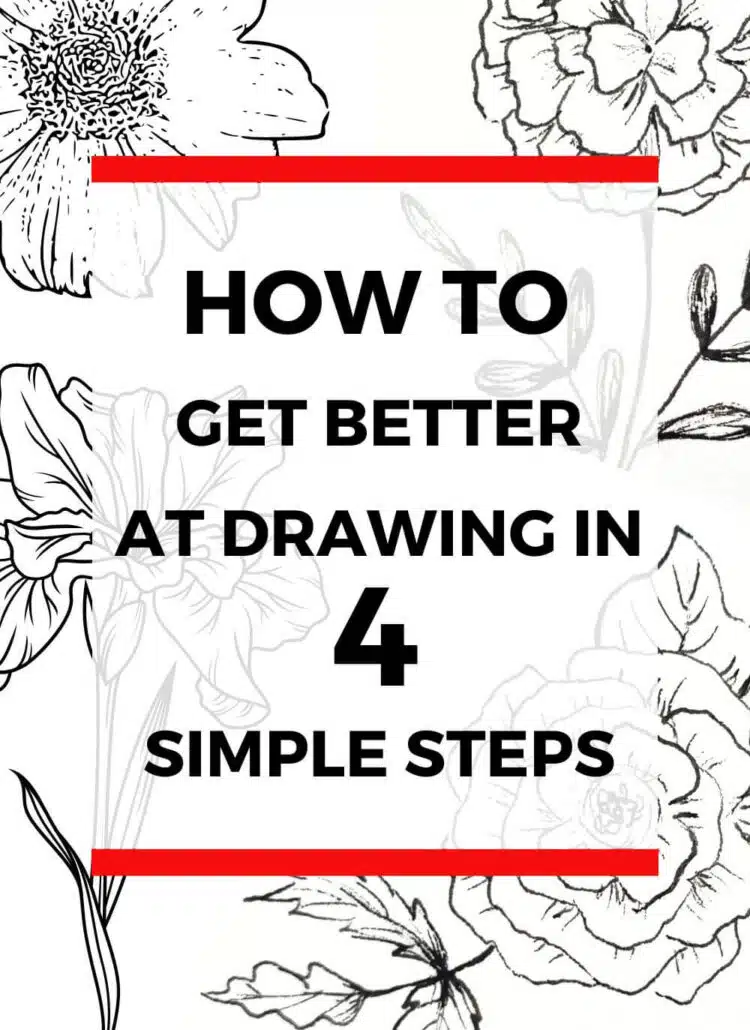
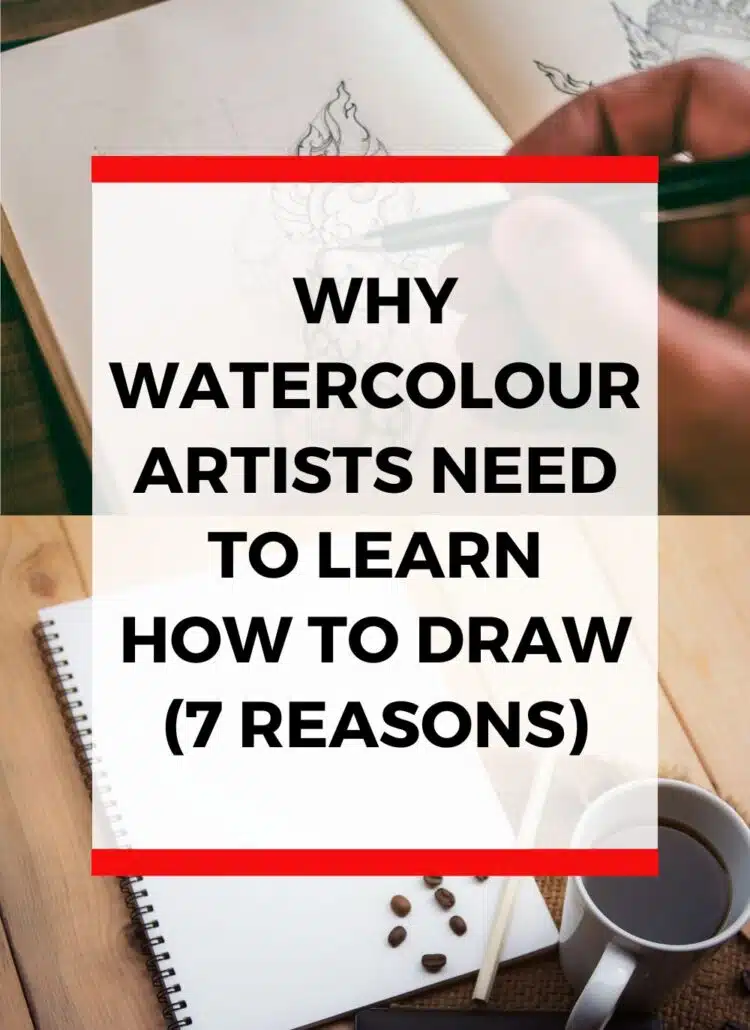
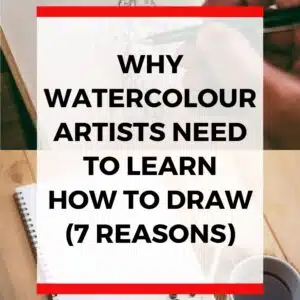
Leave a Reply